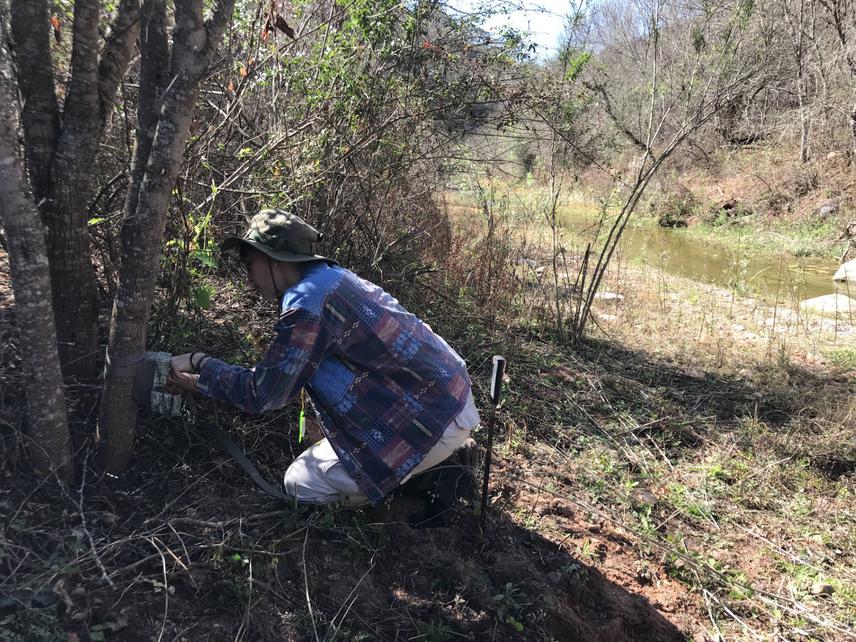Brenda Hrvoj Alvarez
This project will be carried out in El Rey National Park and surrounding forest areas. El Rey National Park is located in the Southern Yungas Forest ecoregion. It protects the last remnant of mature forests in a good state of conservation. Although it is a protected area, it is invaded by feral cattle. Extensive cattle ranching is practiced in the properties surrounding the park, and some cows enter the park and become feral. These feral cows create a population in the national park and may be interacting negatively with native fauna through competition or by increasing opportunities for disease transmission. Despite the urgency of the situation, few studies have addressed the problem over the years. We therefore propose to study the occupancy of two globally endangered native species, the white-lipped peccary (Tayassu pecari) and the lowland tapir (Tapirus terrestris) We study their occupancy and their interactions with feral cattle (Bos primigenius) within El Rey National Park and on the private properties surrounding El Rey.

Brenda setting one camera tramp in El Rey National Park. @Paula Nazaro.
On the other hand, the region under study has an interesting socioeconomic situation. The human population is small, with a low to medium level of human activities in the immediate surroundings of El Rey National Park. This situation, coupled with the good conservation status of the forest, creates an important opportunity to develop environmentally friendly activities that contribute to nature conservation and sustainable development in the region. El Rey National Park's management plan includes the implementation of a Buffer Zone with neighboring properties and the contribution to a Biological Corridor with other nearby protected areas to maintain the historical environmental continuity of the forests. Both strategies require dialogue and consensus among the different stakeholders of the territory, therefore, in this project we intend to contribute to these objectives of territorial management for conservation through scientific information, but also through an approach to neighboring landowners. The collection of socio-economic information through interviews and finally education and outreach activities that seek to broaden the perception of the natural heritage of the inhabitants of the region. Finally, we plan to hold a workshop to open a dialogue between the national park, a private reserve and the landowners, in order to introduce the neighbors to the mammal conservation problems and to plan possible ways forward.
Header: El Rey National Park, Salta, Argentina @Brenda Hrvoj.